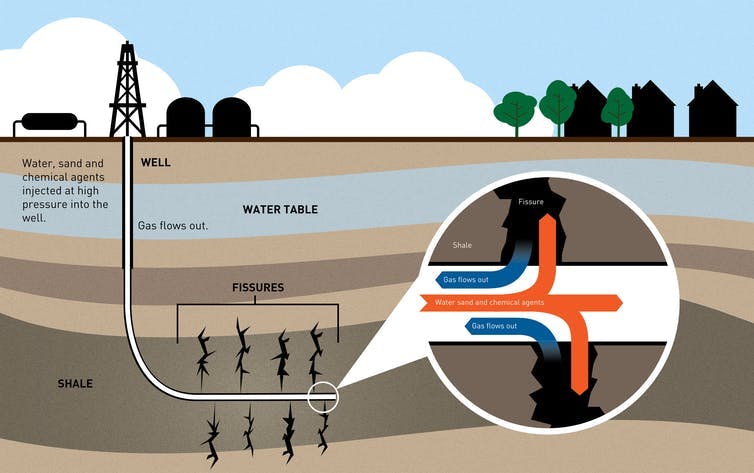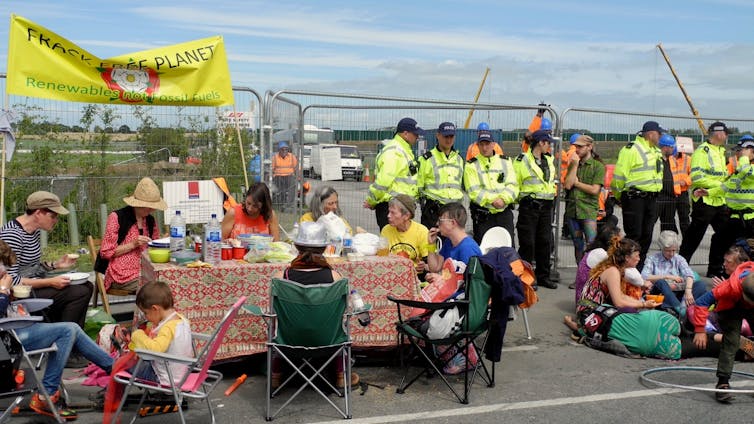Emma Wallace, the Green Party candidate for the marginal Harrow East constituency has withdrawn her nomination. The controversial Conservative and Modi supporter, Robert Blackman, is the Conservative candidate in a three way contest with Pamela Fitzpatrick, Labour and Adam Bernard, Liberal Democrat.
This is tonight's statement from Emma:
-->This is tonight's statement from Emma:
The reasons I have chosen to stand down in Harrow East include this being a unique, snap General Election where tactical candidacy withdrawal in a number of constituencies has been necessary. This is not part of the 'Unite to remain' Green Party, Lib Dem and Plaid Cymru electoral pact. As Harrow East has been identified as one of the 44 key marginals, with only 1700 between the current Conservative incumbent and Labour in the last election, I do not want to split the left vote further. With Nigel Farage announcing the withdrawal of half of his Brexit Party candidates to ensure a Conservative majority, it is even more important that the left work together to prevent the hard right takeover of government.
Bob Blackman's divisive stance and appalling record of voting, including the rejection of measures to tackle climate change, being against gay and human rights, not supporting fair increases in welfare benefits and voting for reducing central funding for local government, with Harrow being one of the worst cut areas, we believe we give voters the best opportunity to vote against him through the withdrawal of Green candidacy.
Whilst there are a number of differences between the Labour party and the Green party, we believe Pamela Fitzpatrick is a progressive voice, one that is committed to working with the local Harrow East community and standing up for all their best interests. We hope to work with her towards securing proportional representation and the implementation of a Green New Deal. Until we have a fair electoral system, where individual votes truly represent what people vote for, we are required to participate in such tactical practices.
Emma Wallace
Harrow Green Party
The 2017 Result:















